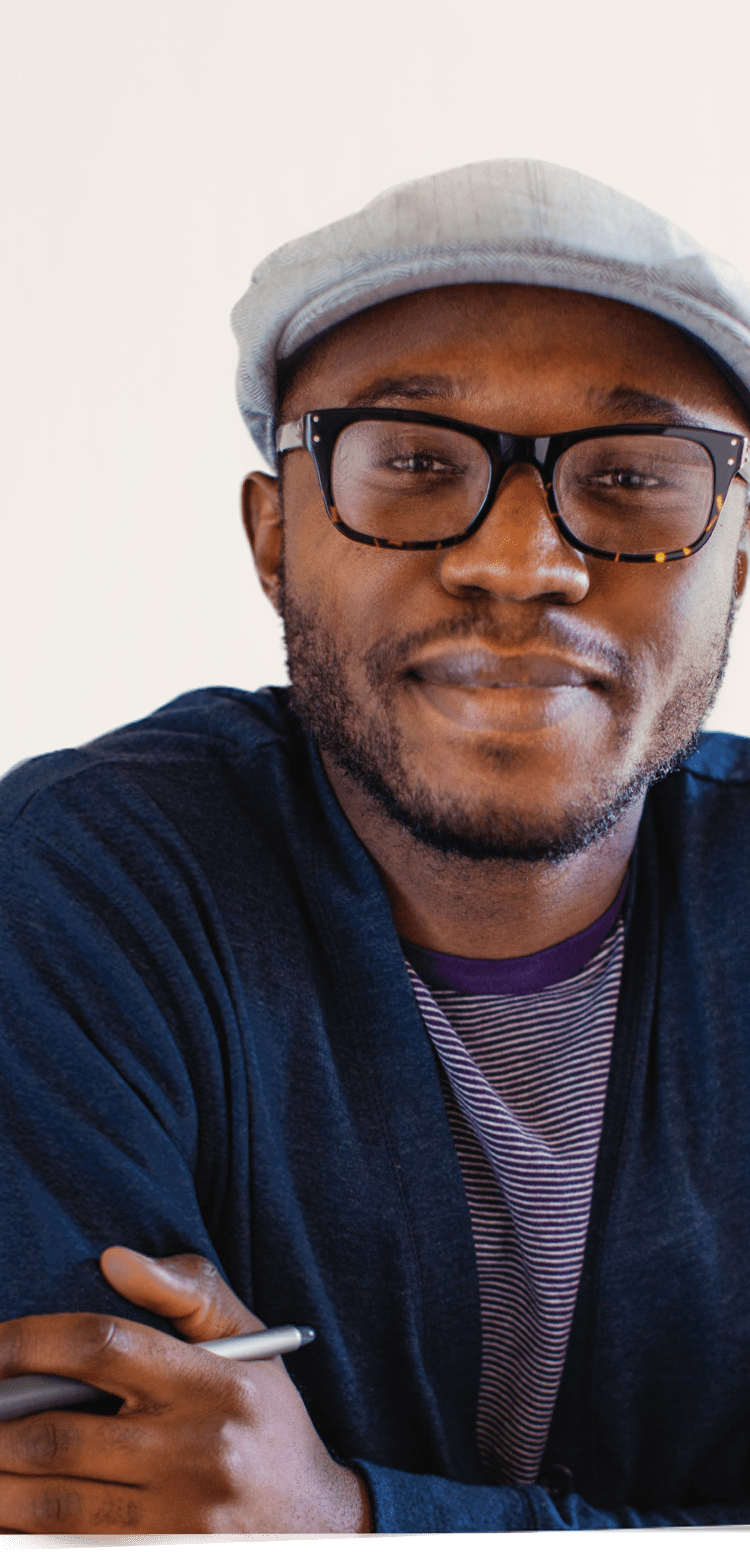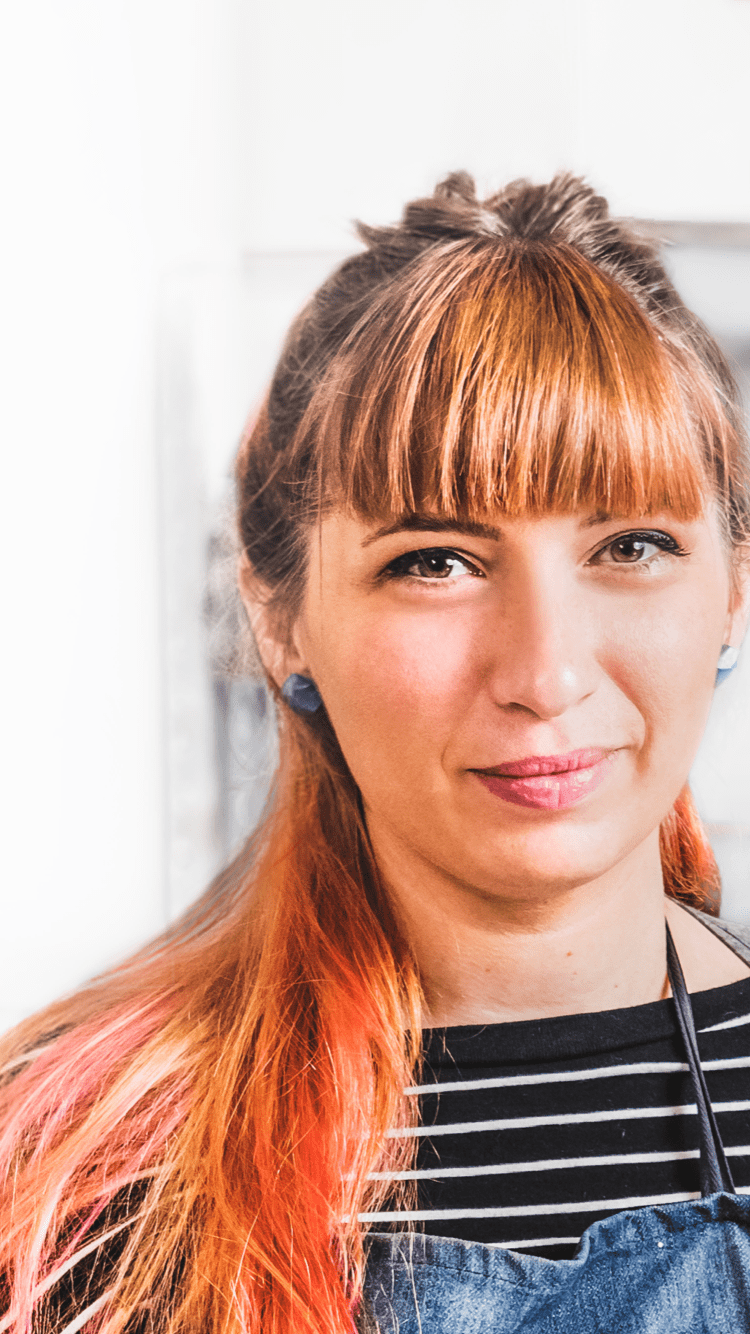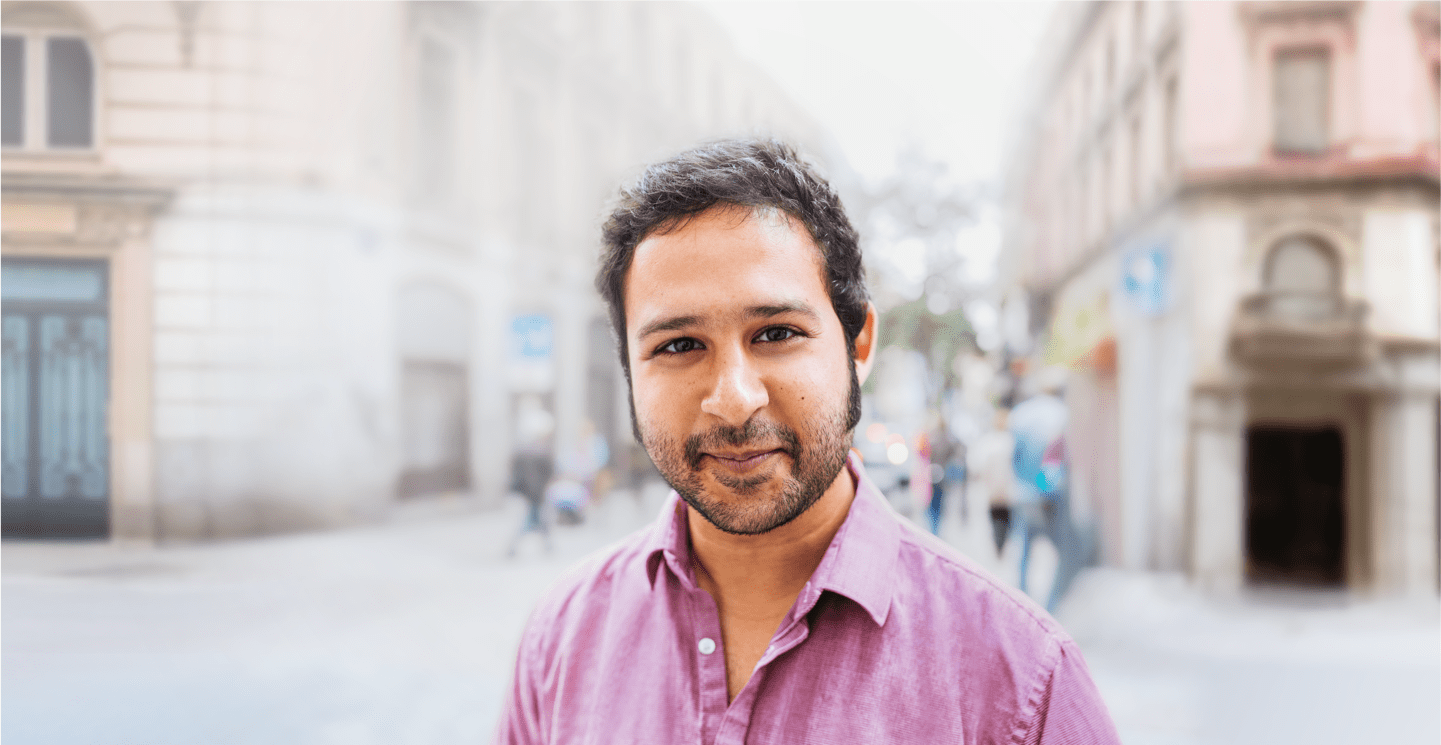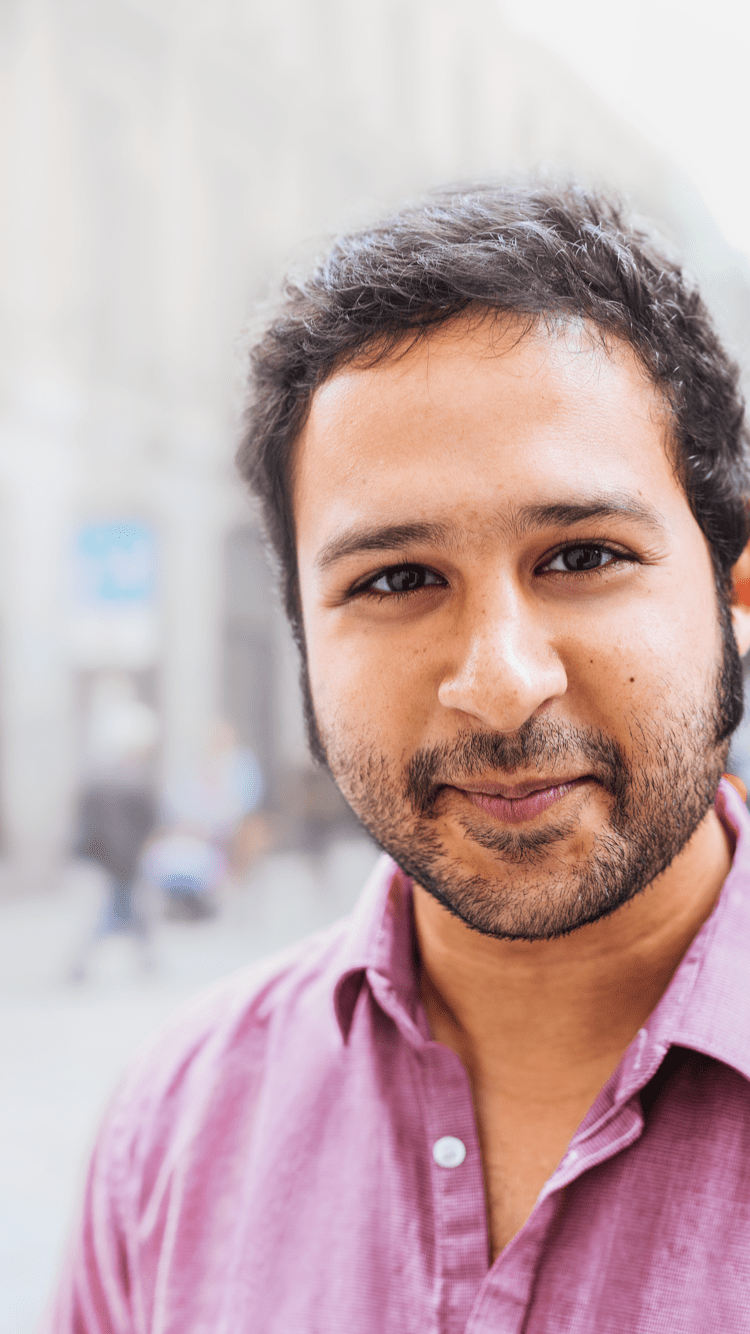





Science shows us we need to rethink opioid addiction. It isn't about weakness. It isn't about a personal failure. It's a disease that hijacks and physically changes the brain, driving people to put opioids above everything else.

Rethink AddictionIt's not about willpower
Opioid addiction is a Substance Use Disorder. It is not a moral weakness; it is a chronic disease called Opioid Use Disorder (OUD). It changes and rewires the brain, making it hard for people to quit, even when addiction is destroying their lives. Even when they try again and again.
Can our brains drive us to addiction?
Yes. Like other addictions, opioid addiction happens when a biological system in our brains, the Reward System, is hijacked by opioids.
The Reward System drives us to repeat natural things we enjoy, or need to do to survive, like eating when we're hungry. This triggers the release of a chemical called dopamine in the brain, which "rewards" us with a sense of pleasure.
Opioids may trigger a flood of dopamine, with powerful effects on the brain
After time, the brain may be rewired, needing this higher level of dopamine. In fact, over time the brain requires more and more dopamine just to feel "normal."
The cycle of opioid addiction
Once the brain has been rewired by opioids, a person may feel trapped in a continuous cycle.
Triggers a sense of pleasure in the brain
Uncomfortable or painful symptoms after not using
Strong, even overwhelming, desire for opioids
Looking closer at the brain
The cycle of addiction physically affects multiple parts of the brain. This is why quitting opioids may seem out of a person's control.
Rethink RecoveryIt's about potential for long-term change
Because OUD is a chronic medical disease, it's a long-term process to help the brain recover. It takes time without using illicit opioids to stop craving them, and be satisfied with natural levels of dopamine again.
A relapse can happen, even if it's just a slip-up. But it doesn't have to mean going back to "square one." Recovery is an ongoing process of change in which people work to improve their health and behaviors, and strive to reach their full potential.
Rethink TreatmentIt's about science

Currently, only 27.8% of people with OUD
are being treated
for it.

Although no single pathway to recovery is right for everyone, research has shown people seeking recovery from opioid problems are more successful when they combine a prescribed medication used to treat addiction with professional counseling and a strong support system —SAMHSA
OUD treatment approaches
There are many ways people can work with others or on their own to help break free from opioid addiction. Some enter rehab. Other treatments include detox, 12-step facilitation, cognitive behavioral therapy and more. But there is another approach.
Medications for Opioid Use Disorder (MOUD)
MOUD is a proven treatment approach for people with OUD. It uses medication at appropriate doses with the goal of maintaining treatment and long-term recovery. In the past, you may have seen this called MAT, or medication-assisted treatment.
3 types of MOUDs:
- Methadone
- Buprenorphine
- Naltrexone
Which MOUD is used can be different for each person and can even change over time.
How MOUDs can help:
- Manage the physical symptoms of withdrawal, cravings, and rewarding effects of opioids
- Address the physical changes opioid addiction has caused in the brain
- Not replace a drug for a drug. There are medications that, when taken as prescribed, reduce withdrawal and control cravings without the sense of "high" that comes from illicit opioids
- Address behavioral and social components of addiction with improved social functioning and staying on treatment
Counseling or other behavioral interventions should be used in addition to medication to help with aspects of recovery that medication can’t, such as:
- Helping people engage in treatment, be incentivized to not use opioids, and manage behaviors and attitudes so they can work on recovery
- Addressing the behavioral aspects of opioid addiction so they can get back to a healthy functioning life
While counseling is an important part of a person’s care plan, research has shown that medication is key for people with OUD, with or without counseling. It’s because of the high importance of medication that the term MOUD is now being used.

Think about other resources
If you or someone you know is struggling with opioid addiction, there are treatments and healthcare professionals who can help. Talk to your healthcare provider to learn more about MOUD and other resources in your area.
